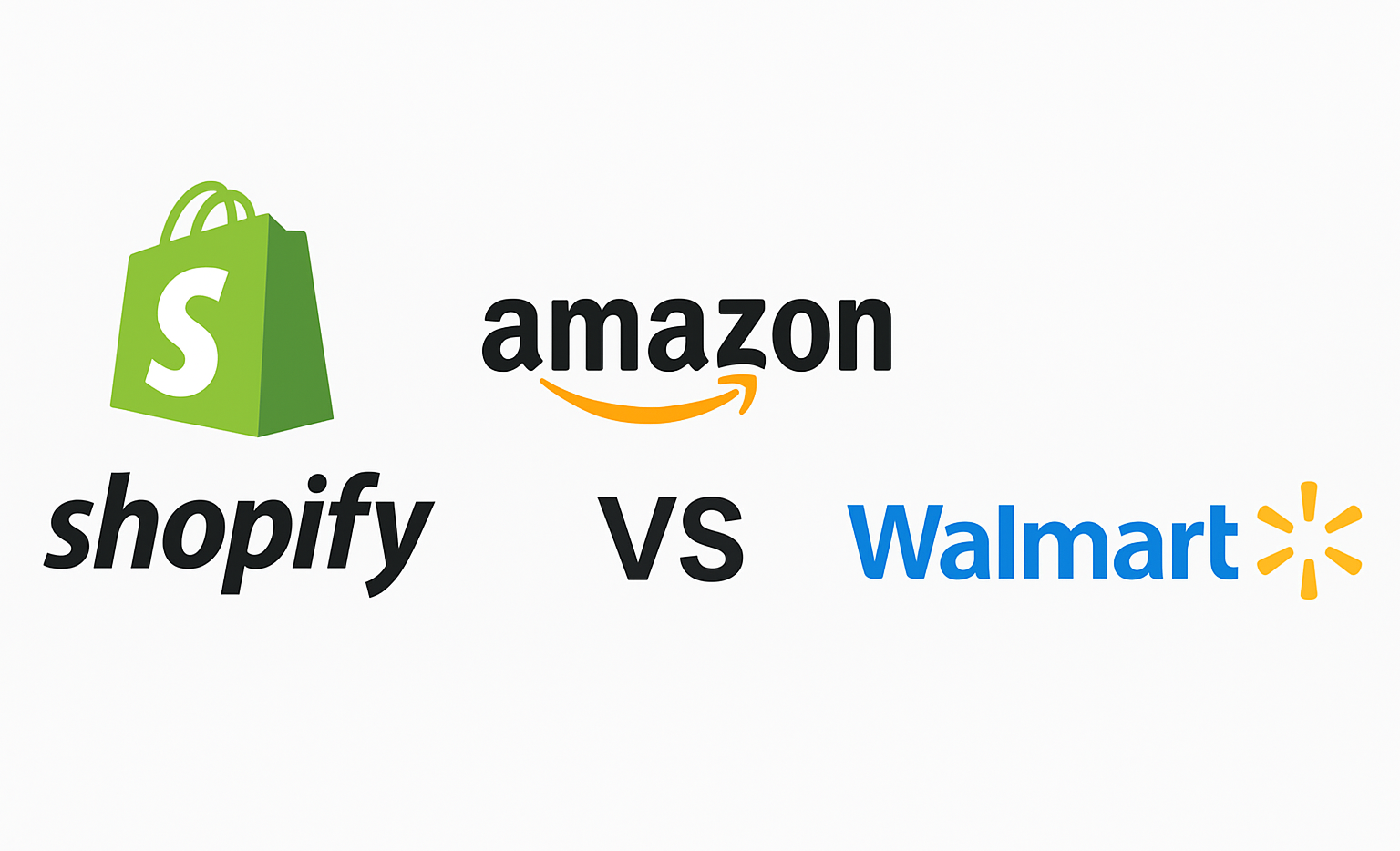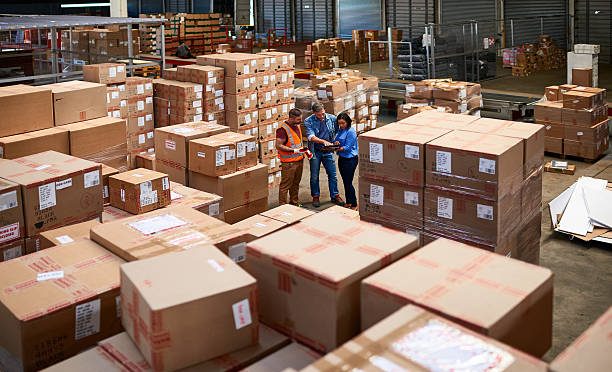
Small businesses face a rapidly shifting logistics landscape as 2025 progresses, with new technologies and strategies reshaping how goods move from supplier to customer. The final quarter of the year is critical for adopting innovations that improve efficiency, reduce costs, and meet rising consumer expectations. Key trends such as AI-driven supply chains, sustainable delivery methods, and last-mile optimizations are essential for small businesses aiming to stay competitive and agile.
The adoption of electric and autonomous vehicles continues to gain traction, offering reduced emissions and operational savings. Nearshoring and smarter inventory management also support resilience against global disruptions, while digital tools provide better real-time visibility into shipments. These developments enable small businesses to streamline their logistics in ways that were once accessible only to larger companies.
Understanding these trends equips small business owners and managers to make informed decisions before the year ends. By focusing on proven innovations and sustainable practices, they can optimize their logistics operations and prepare for future challenges without overextending resources.
Emerging Trends in Small Business Logistics for Q4 2025
Small businesses are adopting specific technologies and strategies to enhance efficiency, reduce costs, and meet evolving customer expectations. These changes focus on delivery speed, smarter automation, eco-friendly practices, and seamless order handling.
Advancements in Last-Mile Delivery
Last-mile delivery continues to be the most critical and costly segment of the supply chain for small businesses. In Q4 2025, companies increasingly rely on localized micro-fulfillment centers and urban distribution hubs to speed up deliveries.
Use of electric vehicles (EVs) and cargo bikes for congested urban areas is growing. This supports both sustainability goals and faster delivery times.
Delivery tracking technology has improved, offering customers real-time updates and allowing businesses to optimize routing dynamically. Partnering with third-party logistics (3PL) providers specializing in last-mile solutions is common to reduce capital expenses.
Integration of AI and Automation
Small businesses utilize AI-driven tools to forecast demand, manage inventory, and optimize routes. These technologies help reduce human errors and improve operational efficiency.
Automation is becoming more accessible with affordable warehouse robots and automated sorting systems adapted for small-scale operations. This reduces labor costs and shortens order processing times.
AI also supports predictive maintenance for equipment, lowering downtime. Cloud-based platforms integrate AI for end-to-end visibility, enabling quicker decision-making.
Sustainable Logistics Solutions
Small businesses focus on minimizing environmental impact to meet regulatory demands and consumer preferences. Many adopt carbon-neutral shipping options and switch to recyclable or biodegradable packaging materials.
Energy-efficient warehousing systems, such as LED lighting and solar power, are increasingly implemented to lower operational costs.
Waste reduction through precise inventory management reduces overstock and excess transportation emissions. Sustainable practices often improve brand image and customer loyalty, making them a strategic priority.
Omnichannel Fulfillment Strategies
To compete effectively, small businesses blend online and offline sales channels, requiring sophisticated fulfillment methods. They leverage integrated order management systems to synchronize inventory across ecommerce platforms and physical stores.
Click-and-collect and curbside pickup services are popular as they reduce delivery costs and offer convenience. Smaller businesses invest in flexible warehousing capable of handling both B2B and B2C orders efficiently.
Real-time stock updates and automated replenishment ensure products are available where and when customers want them, improving satisfaction and reducing lost sales.
Strategies for Adapting to a Changing Marketplace
Small businesses must evolve their logistics approaches to keep pace with shifting market conditions, technological advances, and increasing demands for efficiency and sustainability. Success hinges on using accurate data, strengthening supply chains, and partnering effectively with external providers.
Leveraging Data-Driven Insights
Data analysis allows small businesses to make more informed logistics decisions. By collecting real-time information on inventory, delivery routes, and customer demand, they optimize operations and reduce costs.
Advanced analytics tools help predict demand fluctuations and identify bottlenecks in the supply chain. This enables proactive adjustments that improve service levels and decrease delays.
Investing in user-friendly data platforms designed for small businesses ensures efficient use without needing extensive technical expertise. Visual dashboards and automated reports enhance decision-making speed and accuracy.
Enhancing Supply Chain Resilience
Supply chain disruptions remain a significant risk in 2025. Small businesses benefit from building flexibility into their logistics, including diversified suppliers and contingency plans.
Maintaining buffer stock for critical items reduces vulnerability to delays. Local sourcing where possible shortens lead times and limits exposure to geopolitical risks.
Continuous monitoring of supplier performance and market conditions assists in identifying weak links early. Developing multiple transport routes also strengthens resilience against unexpected interruptions.
Collaboration with Third-Party Providers
Outsourcing logistics functions to third-party providers (3PLs) offers small businesses access to advanced infrastructure and expertise.
3PLs provide benefits such as scalable warehousing, last-mile delivery solutions, and technology platforms. This reduces the need for large upfront investments.
Selecting a 3PL partner with capabilities aligned to specific business needs is crucial. Clear communication and setting performance metrics help ensure service quality and cost control.
Building strong relationships with these partners contributes to smoother operations and greater adaptability in dynamic markets.


